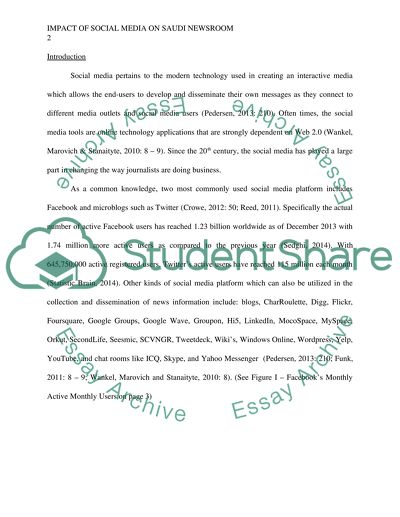Cite this document
(“MPACT OF SOCIAL MEDIA ON SAUDI NEWSROOM Essay Example | Topics and Well Written Essays - 4500 words”, n.d.)
MPACT OF SOCIAL MEDIA ON SAUDI NEWSROOM Essay Example | Topics and Well Written Essays - 4500 words. Retrieved from https://studentshare.org/journalism-communication/1683049-mpact-of-social-media-on-saudi-newsroom
MPACT OF SOCIAL MEDIA ON SAUDI NEWSROOM Essay Example | Topics and Well Written Essays - 4500 words. Retrieved from https://studentshare.org/journalism-communication/1683049-mpact-of-social-media-on-saudi-newsroom
(MPACT OF SOCIAL MEDIA ON SAUDI NEWSROOM Essay Example | Topics and Well Written Essays - 4500 Words)
MPACT OF SOCIAL MEDIA ON SAUDI NEWSROOM Essay Example | Topics and Well Written Essays - 4500 Words. https://studentshare.org/journalism-communication/1683049-mpact-of-social-media-on-saudi-newsroom.
MPACT OF SOCIAL MEDIA ON SAUDI NEWSROOM Essay Example | Topics and Well Written Essays - 4500 Words. https://studentshare.org/journalism-communication/1683049-mpact-of-social-media-on-saudi-newsroom.
“MPACT OF SOCIAL MEDIA ON SAUDI NEWSROOM Essay Example | Topics and Well Written Essays - 4500 Words”, n.d. https://studentshare.org/journalism-communication/1683049-mpact-of-social-media-on-saudi-newsroom.


